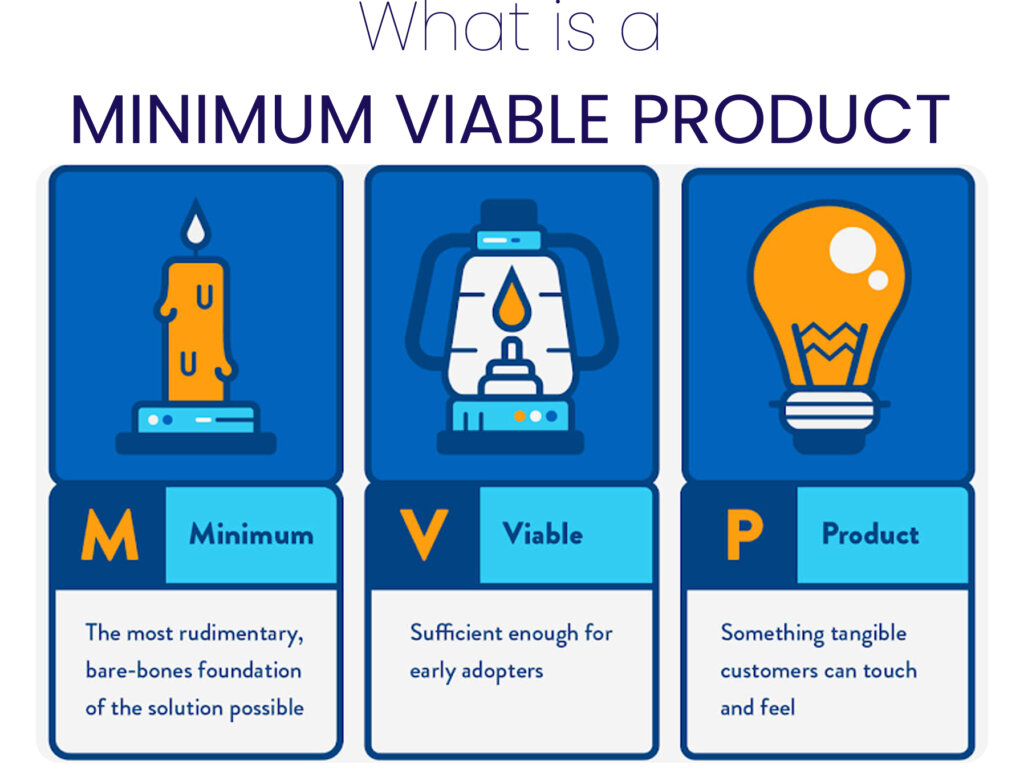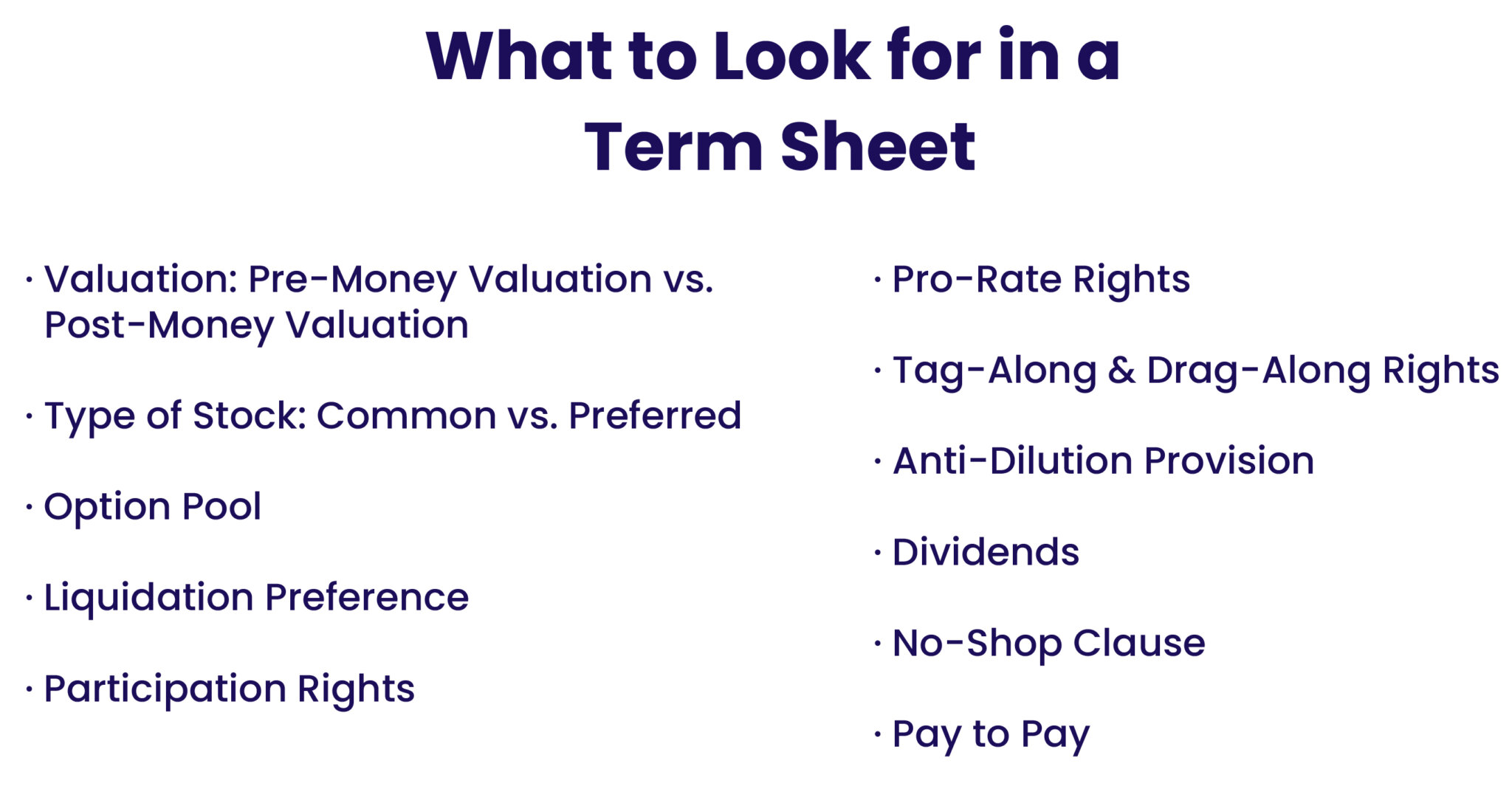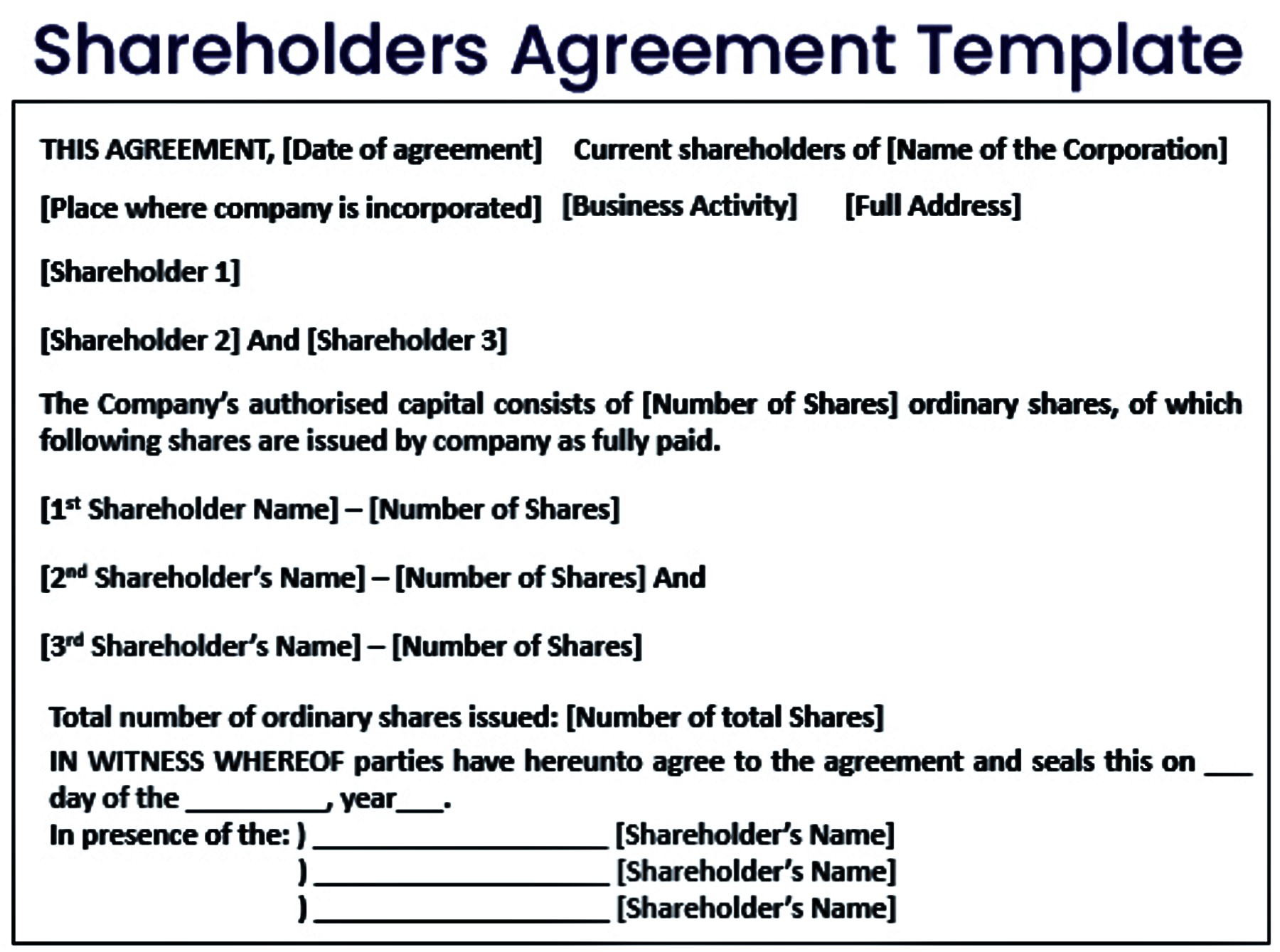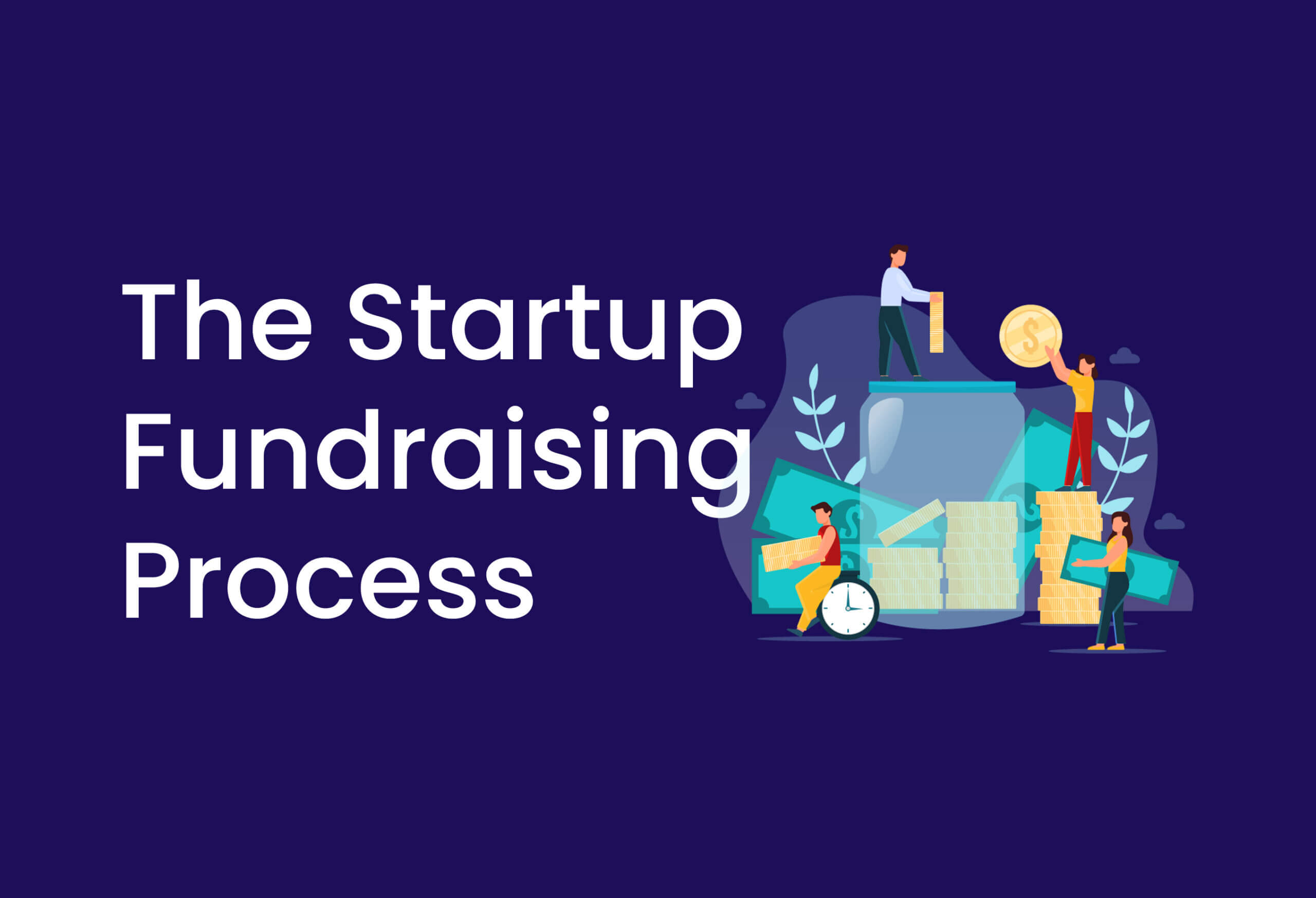Raising a healthy funding round is a huge milestone for entrepreneurs, which is why a robust startup fundraising process is critical. Without money, even the smartest startup founders have trouble making prototypes of their products, testing their assumptions about the market, and getting enough investors interested in their business to get future funding.
It is no easy task to persuade a knowledgeable investor that your team has the guts and perseverance to produce a next-generation product or service. Therefore, the most well-funded businesses are aware that fundraising requires thorough research and strategy. A business must show its value proposition, traction, and how it will deliver a favorable return on investment to attract investors. So, do your research before you get into the game. Here’s a timeline of the startup fundraising process to help you keep track.

Startup fundraising process: step-by-step instructions
The following are the steps in a typical startup fundraising process:
1. Assumptions Validation and Prototyping
Assumption validation is the assertion of the facts that we assume about the business environment through a well defined process. You may do this by putting your theories to the test using actual data and the comments of the people you are trying to sell to. This is critical information since no one wants to put their money into a firm or product that no one wants.
After validating assumptions, we have to do the steps of requirement analysis and system design with prototyping, where the system is evaluated iteratively. You develop a minimum viable product (MVP) to evaluate your hypotheses and get feedback from actual consumers. Then, you utilize their use statistics and many key performance indicators (KPIs), such as churn rate, client lifetime value, and acquisition costs, to determine whether your product has viability.

However, this process applies only when the project is being undertaken and not beforehand. Therefore, evaluating whether the suggested solution meets user requirements has to be done using different techniques such as storyboarding, videos, etc. Then, once we validate that the proposed system satisfies user requirements, we can continue on to funding, depending on at what phase the funding is required to be done.
2. Pitch Deck Development
Your startup’s pitch deck serves as the company’s initial point of contact with prospective investors. You will utilize the pitch deck to showcase your company to prospective investors during the startup fundraising process. The slides used in this pitch deck provide an overview of your company, staff, target market, product, and go-to-market plan.
It also contains slides about your business model, income generation strategy, and financial predictions. The purpose of this pitch deck is to pique the enthusiasm of possible investors so that you may continue discussing the possibilities with them.
That’s why you should emphasize producing a successful pitch deck. To succeed, your business must make a compelling, well-articulated, and well-researched case for its potential. Rather than a pitch for a product, it would help if you approached this as an investment opportunity for the investor. It describes the problems, how you intend to address them, and why you will succeed where others have failed. All of this is supported by evidence showing how an investor might benefit from investing in this problem.
3. Investor Selection & Research
Not all angel investors and venture capitalists are interested in the same business. This stage entails research to identify the most suitable investors for your startup. You can also use services like AngelList, Crunchbase, and Gust to find potential investors. These are excellent tools for identifying and investigating investors.
Additionally, you may use LinkedIn to find and contact potential investors. You may think of “potential investors” as anybody willing and able to invest in your starting business. The ideal investor for your business would be:
-
- With problem domain expertise,
-
- Those who had invested in businesses of comparable size to yours?
-
- Ideally, in the same geographic region as you,
-
- Lastly, who is enthusiastic about the problems you’re trying to resolve?
4. Introducing Yourself to the investor
A typical investor gets about 500 pitches a year, while a well-known investor like Sequoia Capital gets about 10,000.
A cold pitch rarely works in this situation because your email will likely get lost in the flood of emails. Being able to connect with someone personally is a huge asset in this situation as well. It would be best to find someone the potential investor knows and trusts to introduce you to them.
Be cautious about doing thorough research before requesting an intro. If it is a friend, you may immediately ask them. But if it is a colleague or someone more significant or senior, you must be ready with pertinent facts about your organization and a brief elevator pitch.
5. Initiating a Conversation
After establishing a connection with the investor through a mutual connection, you must create a warm introduction to gain access to their email inbox. Herein lies the importance of your email deck. An email deck is a cut-down version of your pitch deck, with no more than ten slides and just the most important aspects. It typically contains less text than the pitch deck itself.
Your objective is to present your startup to the investor so they can evaluate it and decide whether or not to invest in your opportunity. Typically, the email deck is concise, well-structured, and straightforward, with a call to action requesting that the investor review and discuss your pitch deck in person.
Additionally, you may incorporate a video pitch with your email deck to boost its impact.
6. Investor’s Meeting and Presentation
This is a significant step in the startup fundraising process since it is the day you meet with the investor and present your business. Before the meeting, you conduct thorough research on:
-
- The investors you’re meeting
-
- Their portfolio companies
-
- The domain they’re interested in
-
- Any other pertinent information?
Typically, the meeting is brief, with 20–30 minutes allotted for the presentation and another 15–20 minutes for questions. It begins with a personal introduction, an explanation of your business plan and its potential, and then an investment proposition.
This meeting aims to attract the investor’s attention and secure their commitment to invest in your startup. Typically, negotiations on the investment type, amount, valuation, and equity follow the presentation.
7. Investment Agreements and Due Diligence
The talks don’t stop with the initial meeting, unless it’s a demo day hosted by an accelerator or incubator, when businesses get to present in front of many investors. Typically, many further meetings are necessary to agree on the investment amount and other crucial aspects. To reach a mutually beneficial agreement, both sides must participate in giving and taking.
During the due diligence process, the investment team examines all areas of your startup, including financials, revenue model, competitors, team strength, and even the founders’ previous job history.
Upon the successful conclusion of this step, the final negotiations commence. At the pre-term sheet stage, you are expected to understand the investment kind (equity, debt, convertible note, or SAFE), quantity, value, and equitable distribution among the company’s founders. In this case, a competent investment attorney can help you understand the legal ramifications of the investment term sheet and safeguard your interests.
8. The Term Sheet
A “term sheet” is a contract that outlines the conditions and investment structure. In general, it consists of the following three sorts of terms:
Economic terms
This includes details such as vesting, excise period, anti-dilution, valuation, price per share, and the amount of investment.
Control terms
These stipulate the shareholder’s rights and responsibilities, protective provisions, board seats, and the drag-along agreement.
Other terms
They include, among other things, dividends, rights to redemption, rights to assets, and other rights.
A term sheet is an agreement that is not legally binding, and a more comprehensive due diligence process often follows it. And this ultimately results in the formation of a legally binding agreement, known as the shareholders’ agreement.

9. Post-Term Sheet Diligence
The Post-Term Sheet Due Diligence is one of the most critical steps of the startup fundraising process. Why? Because the term sheet is just the beginning of your due diligence. Now, the investment team is conducting a more thorough review of your business. This phase is more crucial since it covers several laws, including assessments of employment contracts, intellectual property, business organizational papers, and other commitments.
Additionally, the investor’s attorney becomes engaged at this stage to guarantee that the legal requirements outlined in the term sheet are followed. During this phase, the investor team focuses on the following:
-
- Financial statements and bank statements
-
- They scrutinize the financial health and market valuation of the startup.
-
- Background checks
-
- The investment team evaluates each founder’s history and reputation in the market.
-
- Security of the company’s intellectual property.
-
- Legal due diligence
Depending on the complexity of your business and the amount of information you’re ready to offer, due diligence might span anywhere from a few days to several months.
10. Round Completion And Fund Transfer
After the completion of due diligence, it is time to conclude the agreement and have the funds sent to your account. Signing the legal paperwork that formalizes the investment and transferring the funds is the last stage. This step concludes the journey. Typically, this includes:
The shareholder agreement
It is a legally binding agreement between the business and its shareholders that describes the investment’s terms and conditions.
The debt agreement
This legal document stipulates the sum that must be repaid-with interest at a certain time.
After signing these contracts, you are free to begin your startup’s journey toward success.

Treinetic’s Final Thoughts on Startup Fundraising Process
The startup funding process has a number of stages, as has been mentioned. You have to follow all the steps to:
-
- Kickstart your startup fundraising process.
-
- Maximize your startup investment potential.
-
- Scale your business to all-new heights.
Several entrepreneurs also enroll in programs that aid with financial due diligence, investor engagement, and other tasks to expedite the startup fundraising process. Some ecosystems provide a thorough, tested program for startup funding—Spark Services. The single biggest competitive advantage a company may have is shortening the fundraising timeframe by securing funding from strategically suited investors.
The real work starts after you’ve raised enough money to get your business off the ground. Our warmest wishes are with you.

